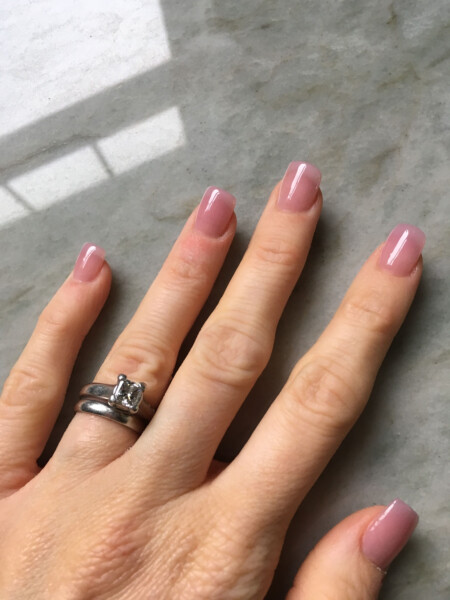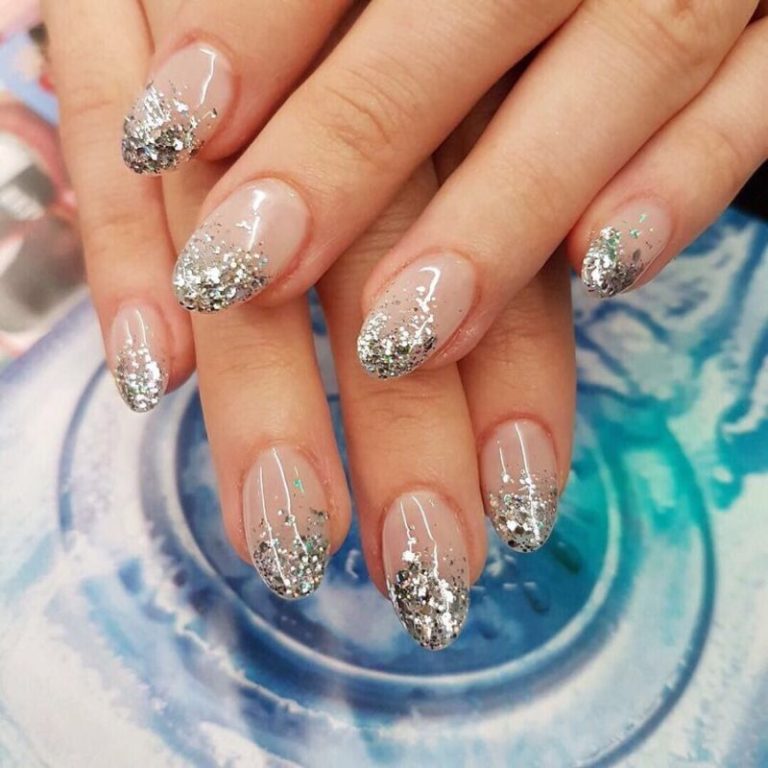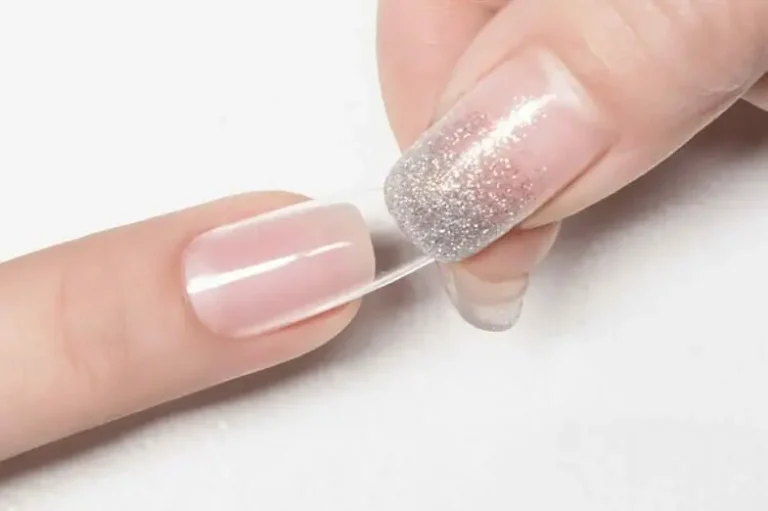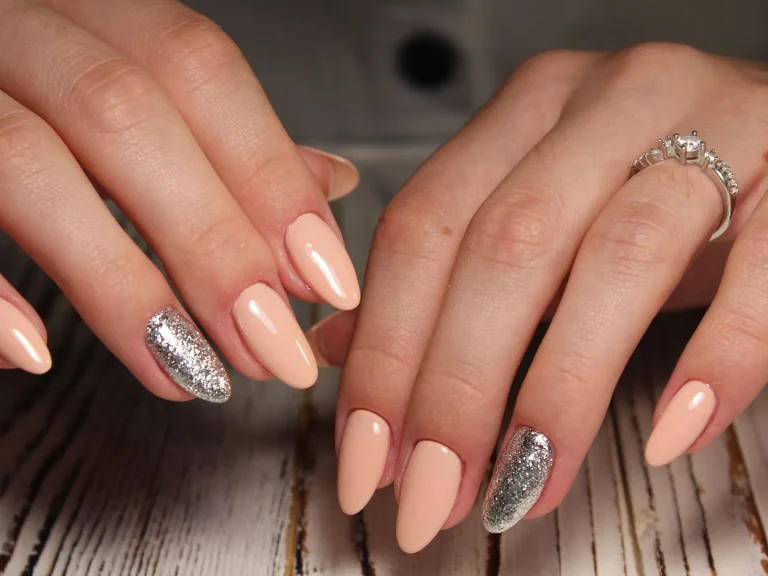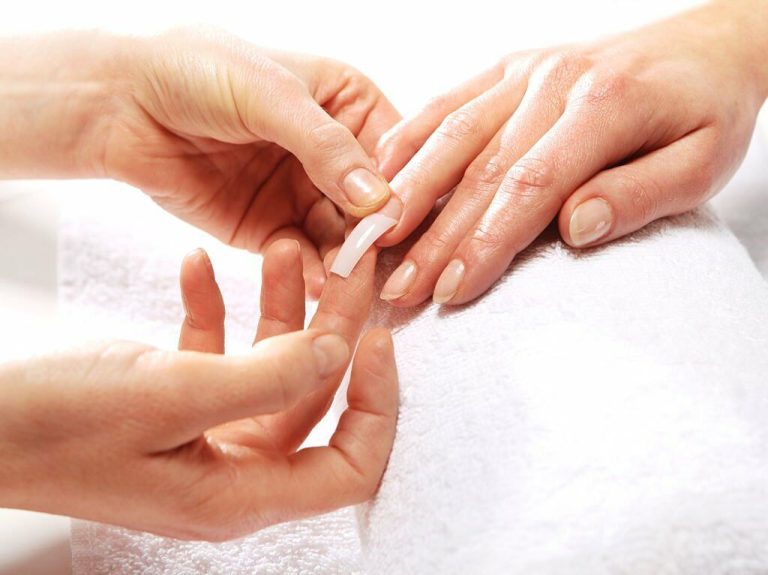Can You Use Super Glue as Nail Glue? The Pros and Cons
We’ve all been there – you’re getting ready for a big night out when disaster strikes. Your acrylic nail pops off and goes flying across the room. You search everywhere for your nail glue but it’s nowhere to be found. In a moment of desperation, you consider grabbing the super glue from the junk drawer. Can you use super glue as nail glue?
I’ll admit, I’ve totally attempted this nail glue hack in a bind. But is super glue actually a good substitute for the real deal? Let’s investigate the differences between these two products and whether using super glue on your nails is a good idea or disaster waiting to happen.
The Differences Between Super Glue and Nail Glue
Contents
First, it’s important to understand what gives super glue its ultra-strong bonding abilities. Super glue is cyanoacrylate, a fast-drying liquid adhesive that forms strong bonds between surfaces. It cures rapidly when pressed into a thin layer between two items.
The cyanoacrylate compound was first discovered in 1942 and was used during World War II to quickly seal wounds on the battlefield. In the 1970s, consumer brands like Krazy Glue began marketing cyanoacrylate adhesives as an all-purpose household glue.
While super glues bond almost instantly, their lifespan is decreased by exposure to moisture over time. Super glues also become brittle as they age.
Nail glue, on the other hand, is specifically formulated to bond artificial nails to natural nails. The ingredients vary by brand, but nail glues typically contain ethyl cyanoacrylate, a similar acrylic compound as super glue. However, nail glues also contain plasticizers to increase flexibility and decrease brittleness. This prevents the bond from cracking or popping off easily.
Nail glue is specially designed to adhere to keratin, the protein that makes up natural fingernails. It also includes polymers that allow it to flex as your nail moves without cracking.
So in summary – super glue is a strong but rigid cyanoacrylate adhesive. Nail glue contains extra plasticizers and polymers to create flexible, long-lasting bonds on natural keratin nails.
Using Super Glue on Natural or Fake Nails
Now that we understand the chemical differences between these products, will super glue work in a pinch to re-adhere a popped off fake nail or repair a cracked natural nail?
In theory, super glue should be able to temporarily adhere a fake nail to your natural nail. Since cyanoacrylate, the main ingredient in both products, readily bonds to surfaces, you can glue an acrylic or press-on nail back in place.
However, there are some risks to be aware of when using household super glue on your nails:
- Allergic reactions – Some people may experience skin irritation or redness when exposed to the cyanoacrylate fumes from super glue. This is less likely with nail glues that don’t contain irritants.
- Damage to nails – Super glue dries quickly and adheres rigidly. If any gets on your cuticle or other skin, it can cause damage when removed. Nail glue is easier to remove with less harm to the nail.
- Poor longevity – Due to lack of flexibility and water resistance, super glue is likely to pop off quicker than a nail glue designed specifically for keratin and the nail environment.
If you need a nail repair in a true emergency, super glue can work temporarily. But it’s best to remove and re-apply real nail glue as soon as possible for the most secure, long-lasting bond.
Never use super glue for adhering tips or extensions to natural nails. The rigidity puts your real nails at risk of damage when the glue detaches.
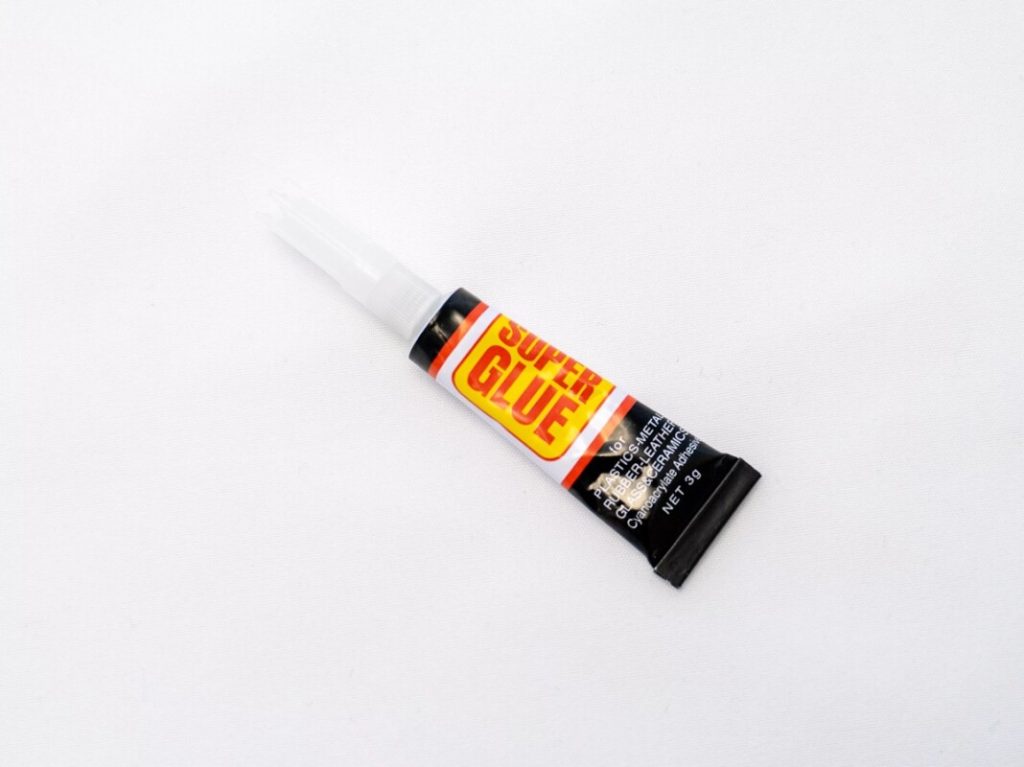
Trying Gorilla Glue for Nails
Some people claim Gorilla Glue, a popular brand of polyurethane-based super glue, works well as emergency nail glue. This extra-strength adhesive does form an incredibly solid bond between surfaces. However, take extreme caution when using Gorilla Glue near nails and skin.
The pros of Gorilla Glue are that it dries quickly, is waterproof, and forms super secure bonds to smooth surfaces like acrylics. But there are also big risks:
- Skin bonding – Gorilla Glue can easily glue your skin to other surfaces, causing injury when removed. Keep away from cuticles.
- Difficult removal – Gorilla Glue does not dissolve in water or acetone, making it very difficult to remove from nails.
- Nail damage – Its rigid, solid hold means nails are likely to be damaged when this glue detaches.
While Gorilla Glue likely creates a strong temporary bond for fake nails, the risks far outweigh the benefits. Use extreme caution to keep Gorilla Glue off your skin and nails. The difficulty removing this glue may lead to permanent damage.
Removing Super Glue From Nails
We all have a nail glue mishap from time to time. So what’s the best way to remove stubborn super glue or Gorilla Glue from your natural or artificial nails?
Here are a few methods to try:
- Soaking in soapy water – The moisture can help break down cyanoacrylate glue over several hours or overnight. Gently roll or rub the nail as the glue softens.
- Dental floss – Slide floss underneath the glued area and saw back and forth to help detach the glue. Be gentle to avoid tearing.
- Cotton balls – Soak a cotton ball in acetone-free nail polish remover and hold it against the nail for 60 seconds. The glue may slowly soften and detach.
- Exfoliating – Using a nail file or buffer, gently exfoliate the surface of the nail a few times. This removes hardened glue over time.
No matter which method you use, take care to avoid pulling or scraping too hard. Gentle, persistent pressure is key to removing even industrial strength super glues. Do not use pure acetone or nail polish remover with acetone, as this can severely dry out and damage natural nails.
Fixing a Broken Nail with Super Glue
Perhaps the most common temptation to use household super glue is when you break a natural nail and need a quick fix.
Super glue can temporarily mend a cracked or split natural fingernail. To apply:
- Clean and dry the nail thoroughly
- Apply a thin layer of glue over the cracked area
- Gently press the nail halves together until set
- Wipe away any excess glue
The super glue provides rigid support to stabilize the broken nail. However, this repair will likely only last a few days with regular use of your hands.
Some risks of using super glue for at-home nail repairs:
- If any seeps near the cuticle or skin, it can cause painful bonding
- The hardened glue can be difficult to fully remove from the nail later
- Super glue forms brittle bonds that are prone to re-cracking
- DIY gluing is not as neat or precise as professional nail repair
If you experience a badly broken nail, it’s best to see your manicurist for a proper fix. They can precisely mend cracks using nail glue, acrylic, or wraps designed for nail repair. This helps prevent infection or further breakage.
For quick, temporary broken nail fixes, super glue works, but it’s not the ideal solution. Seek professional repairs for long-term nail mending.
Conclusion: Should You Use Super Glue as Nail Glue?
To recap, can you use ordinary super glue in place of nail glue when you’re in a pinch? Super glue can temporarily adhere artificial nails or mend cracks in natural nails. However, nail glue is specially formulated to be more flexible, water resistant, and less likely to damage your nails.
Here are some final pros and cons of using good ol’ fashioned super glue on your nails:
Pros:
- Forms fast, rigid bonds to smooth surfaces like acrylics and natural nails
- Easy to find in local stores for quick nail repairs
- Can temporarily re-adhere loose artificial nails in an emergency
Cons:
- Much higher risk of allergic reactions or damage to skin and nails
- Lack of flexibility means bonds break down quicker than nail glue
- Extremely difficult to remove completely and safely from nails
- Not a long-term solution for nail repairs
While super glue like cyanoacrylate Krazy Glue or Gorilla Glue does work in a nail glue pinch, proceed with caution. For best results, always use nail glue specifically formulated for natural and artificial nails. This creates more flexible, lasting bonds and reduces damage risks.
But we’ve all resorted to the junk drawer glue when desperate times call for desperate measures! Just be prepared for a temporary fix and to replace it soon with the good stuff.

Founded by Sophia Rodriguez, IGXO Cosmetics is a PETA-certified, cruelty-free, and vegan makeup brand.
